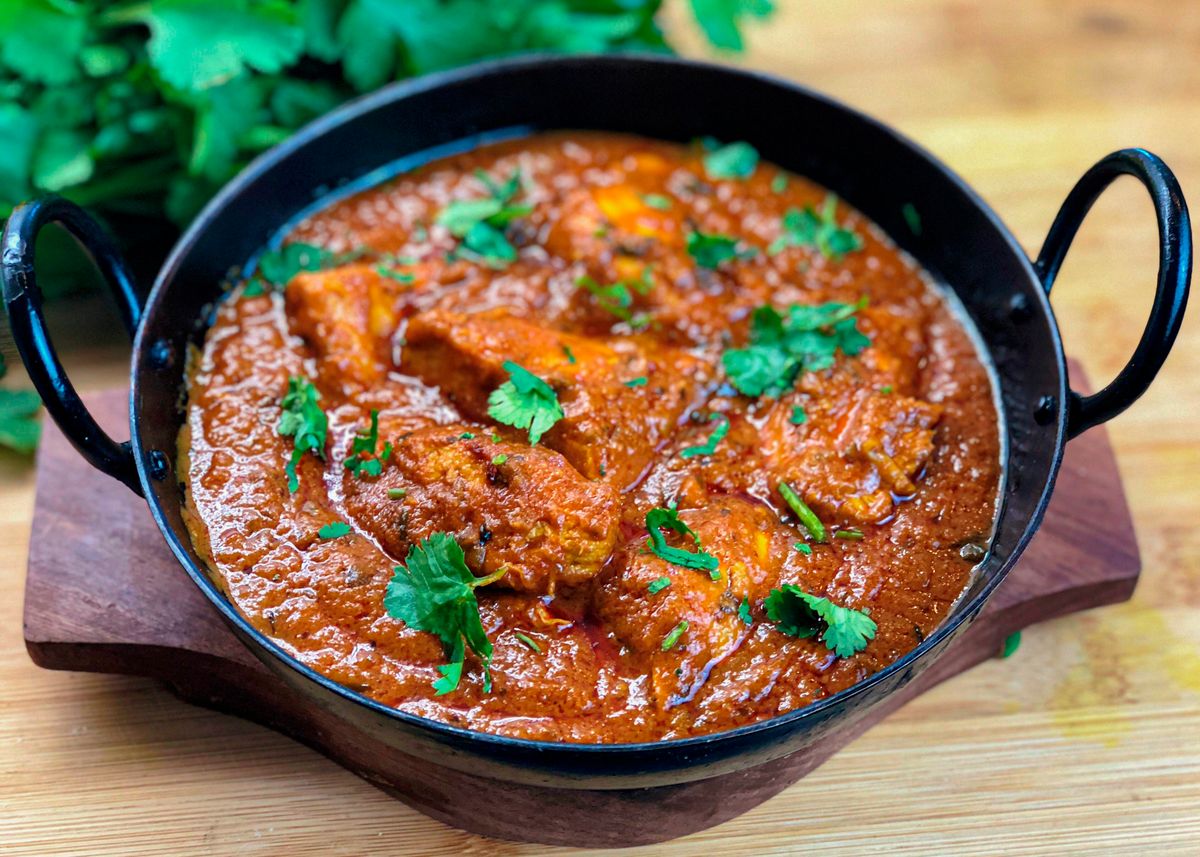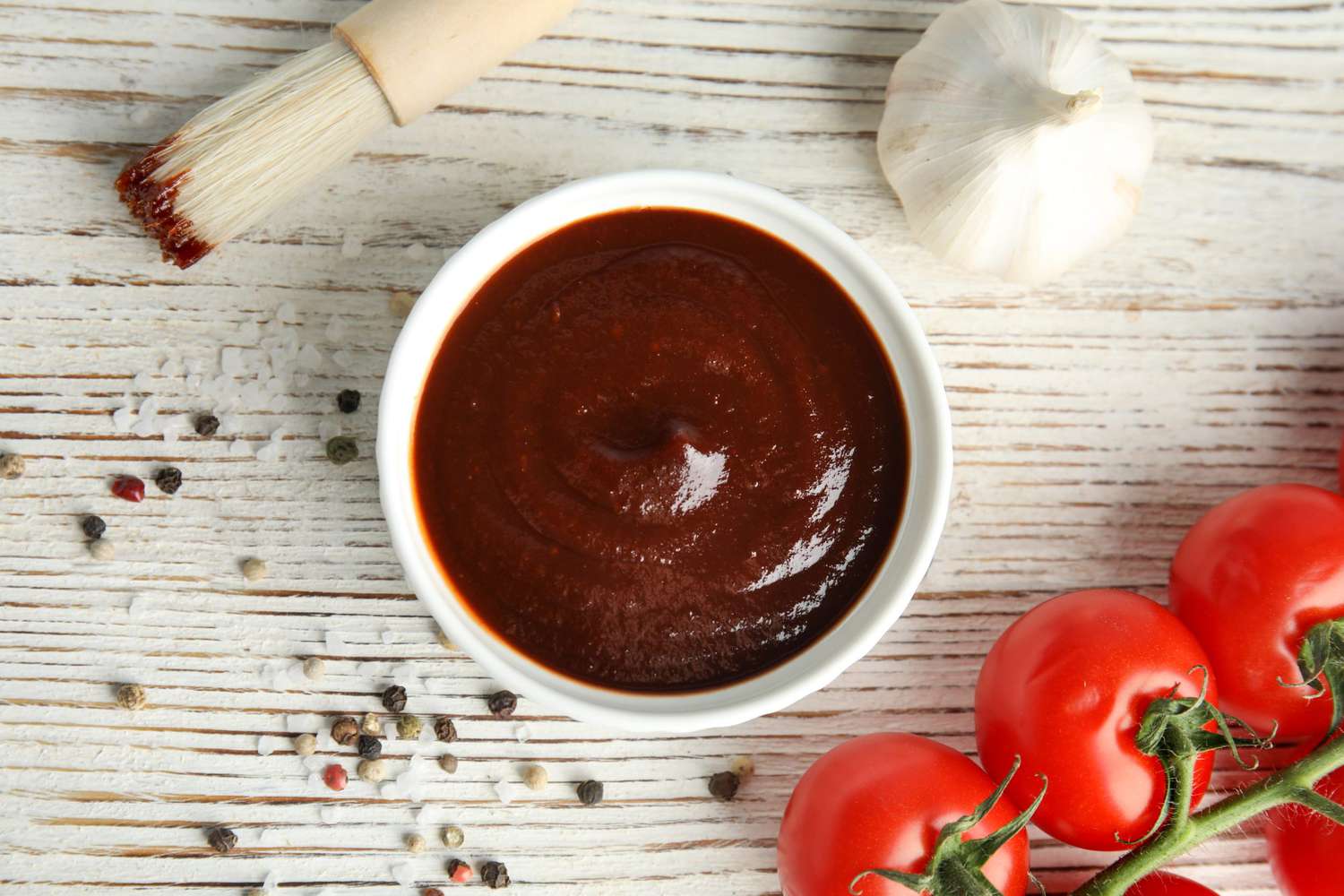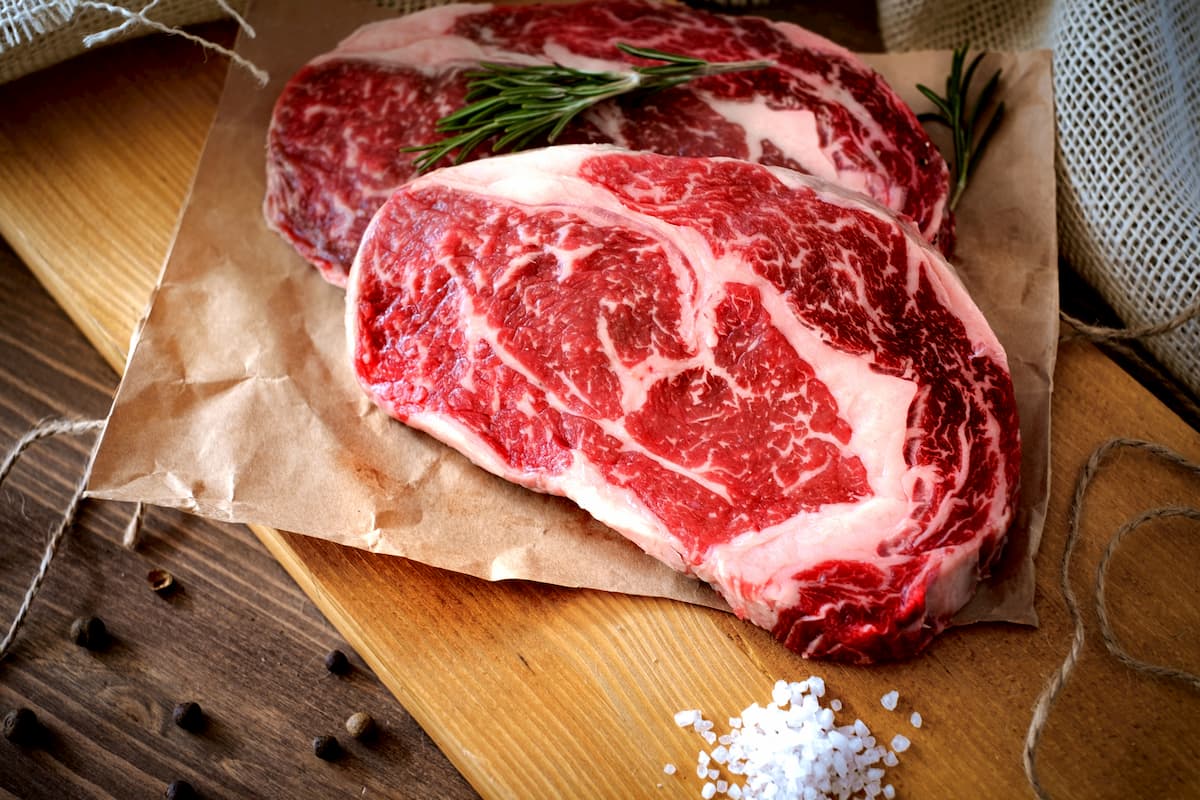When it comes to food, we often think of colorful and vibrant dishes that are visually appealing. However, there is a lesser-known category of food that is just as intriguing – black food. Black food encompasses a variety of ingredients and dishes that are characterized by their dark hue, offering a unique and striking culinary experience. In this article, we'll explore the world of black food, from its origins to its cultural significance and culinary uses.
The Origins of Black Food
Black food has a rich history that spans across different cultures and regions. Many black foods derive their color from natural ingredients that have been used for centuries. For example, black rice, also known as forbidden rice, has been cultivated in Asia for thousands of years and was once reserved exclusively for royalty due to its rarity and health benefits. Similarly, black sesame seeds, a common ingredient in Asian cuisine, have been prized for their distinct flavor and nutritional value.
Culinary Uses of Black Food
Black food ingredients are not only visually striking but also offer unique flavors and textures that add depth to dishes. From savory to sweet, black food ingredients can be incorporated into a wide range of recipes. Here are some popular uses of black food in culinary creations:
- Black Beans: These legumes are a staple in Latin American cuisine, often used in soups, stews, and as a filling for tacos and burritos.
- Squid Ink: Commonly used in Mediterranean and Japanese cuisine, squid ink adds a rich, briny flavor and striking black color to pasta, risotto, and seafood dishes.
- Black Sesame Seeds: These tiny seeds are often used to garnish sushi, add nuttiness to stir-fries, and flavor desserts such as black sesame ice cream and mochi.
Cultural Significance
In many cultures, black food holds symbolic significance beyond its culinary appeal. For example, in Chinese cuisine, black foods are associated with nourishment and are often consumed for their perceived health benefits. Black foods are also featured in traditional ceremonies and celebrations, where they symbolize prosperity, longevity, and good fortune.
Health Benefits of Black Food
Beyond their visual appeal and cultural significance, many black food ingredients offer notable health benefits. Black rice, for instance, is packed with antioxidants, fiber, and essential nutrients, making it a nutritious alternative to white rice. Similarly, black sesame seeds are rich in healthy fats, protein, and minerals, contributing to their status as a superfood.
Embracing Black Food in Modern Cuisine
In recent years, black food has gained popularity in the culinary world, with chefs and food enthusiasts experimenting with innovative ways to incorporate black ingredients into their creations. From black burger buns to charcoal-infused cocktails, the allure of black food continues to captivate diners and chefs alike.
Exploring Black Food in Your Kitchen
If you're intrigued by the idea of incorporating black food into your culinary repertoire, there are plenty of ways to start experimenting. Consider adding black beans to your next chili recipe, trying your hand at making homemade squid ink pasta, or incorporating black sesame seeds into baked goods for a unique twist.
In conclusion, black food offers a fascinating journey through history, culture, and culinary innovation. From its ancient origins to its modern-day resurgence, black food continues to captivate our senses and inspire creativity in the kitchen. So, the next time you're looking to add a touch of intrigue to your meals, consider embracing the allure of black food.
Was this page helpful?
Read Next: What Is Compote Used For











